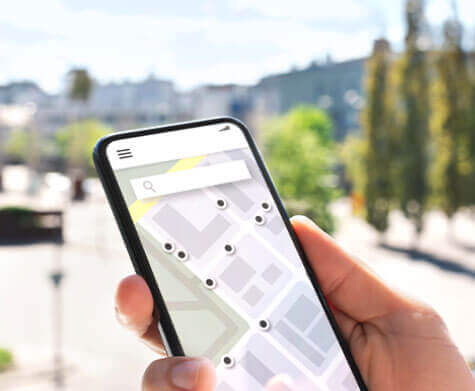Cochlear Implants
Introduction
In a healthy ear, structures inside your ear convert sound waves into nerve signals that are sent to the brain and interpreted as sound. People with complete deafness or near complete deafness lack the functional inner ear structures that are necessary for hearing. A cochlear implant works as a substitute for the functions of the inner ear.
A cochlear implant consists of external and internal parts. The external parts include a microphone that receives sound, a speech processor that codes the sound signals, and a transmitter that sends the codes into the internal part. The internal part, the receiver/stimulator, transforms the codes to electrical signals, which stimulate the hearing nerves in the ear and are sent to the brain for processing as sound.
A cochlear implant is not the same thing as a hearing aid, which improves hearing. Cochlear implants are best suited for people with deafness or near deafness in both ears, that have an intact auditory nerve, and that are very motivated to follow through with intensive speech and language rehabilitation following the procedure. Cochlear implants may be appropriate for people of all ages, and researchers are recommending them for children as young as one year old to assist with early speech development.
Full medical, psychiatric, and hearing evaluations are commonly conducted before cochlear implant surgery. It is important that the implant recipient and her family or significant others have a very good understanding of the lifelong responsibilities and expected outcomes associated with the procedure. Speech and language rehabilitation, implant adjustments, and servicing for the implant should be expected.
Treatment
Some hair in the surgical area behind the ear may need to be shaved. A small incision is made behind the ear to allow the surgeon to access the mastoid bone behind the ear canal. A small tunnel to the inner ear is created. Electrodes are inserted through the tunnel into the inner ear (cochlea). The receiver is placed in the bone behind the ear.
About four to six weeks following the surgery, the external device is fitted and placed. The transmitter is held against the skin behind the ear by a strong magnet. The microphone is usually worn near the ear.
There are a couple of speech processor options from which to choose. One type of speech processor looks similar to a hearing aid and may be worn behind the ear (BTE). Another type of speech processor may be placed in a pocket or worn on a belt or harness.
Once placed, an audiologist activates the electrodes by using a computer and makes adjustments based on the user’s response. Several appointments may be necessary at first to program or map the speech processor. Adjustments may be necessary every few months during the first year, and less frequently after that. Long-term intensive speech and language rehabilitation follows cochlear implant placement.

Copyright © - iHealthSpot Interactive - www.iHealthSpot.com
This information is intended for educational and informational purposes only. It should not be used in place of an individual consultation or examination or replace the advice of your health care professional and should not be relied upon to determine diagnosis or course of treatment.
The iHealthSpot patient education library was written collaboratively by the iHealthSpot editorial team which includes Senior Medical Authors Dr. Mary Car-Blanchard, OTD/OTR/L and Valerie K. Clark, and the following editorial advisors: Steve Meadows, MD, Ernie F. Soto, DDS, Ronald J. Glatzer, MD, Jonathan Rosenberg, MD, Christopher M. Nolte, MD, David Applebaum, MD, Jonathan M. Tarrash, MD, and Paula Soto, RN/BSN. This content complies with the HONcode standard for trustworthy health information. The library commenced development on September 1, 2005 with the latest update/addition on February 16, 2022. For information on iHealthSpot’s other services including medical website design, visit www.iHealthSpot.com.






